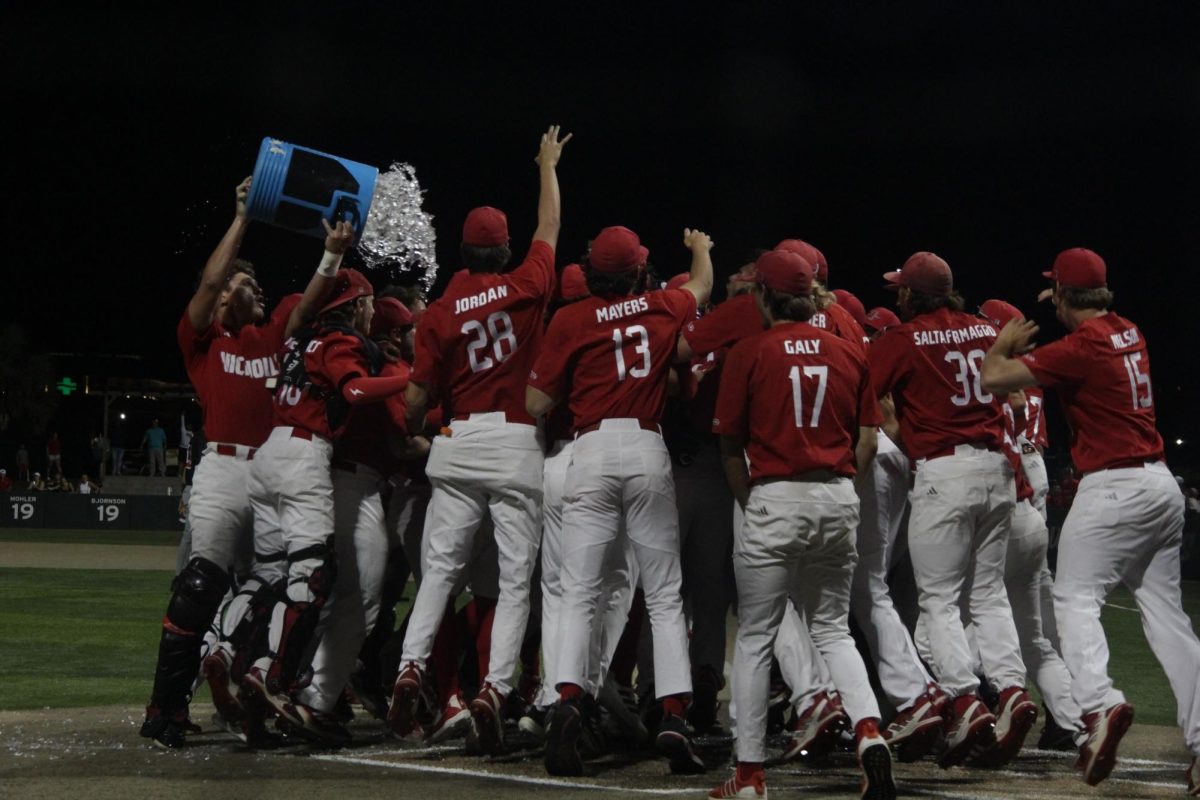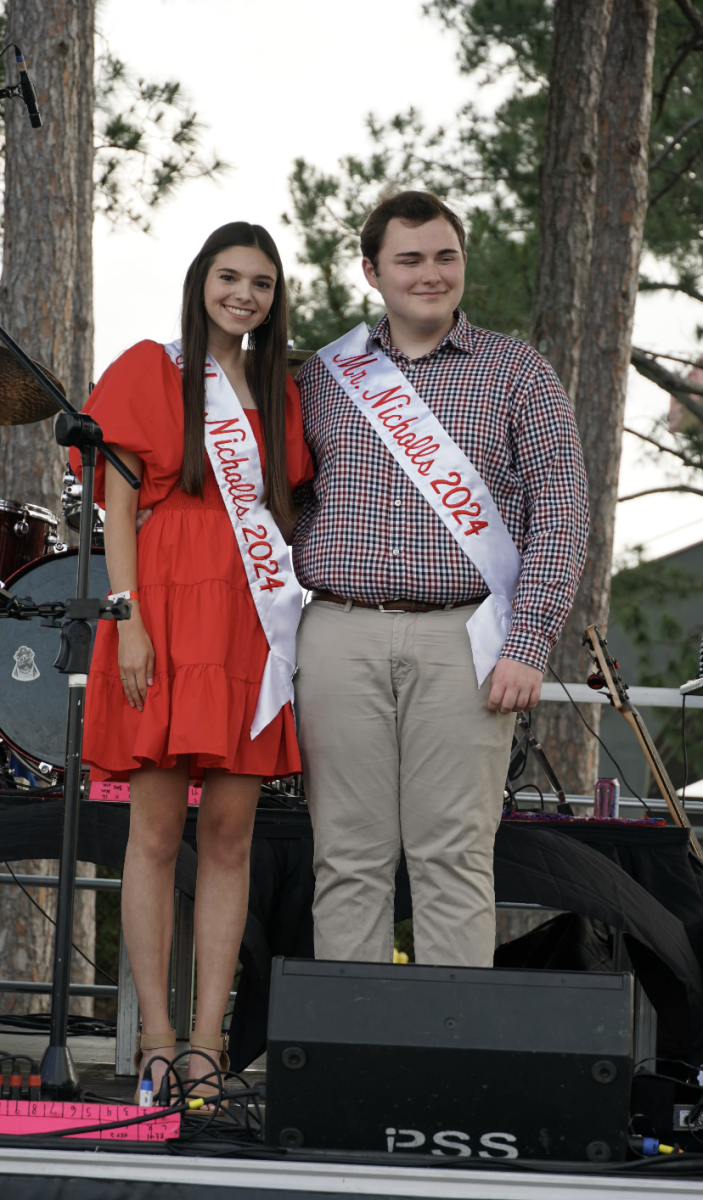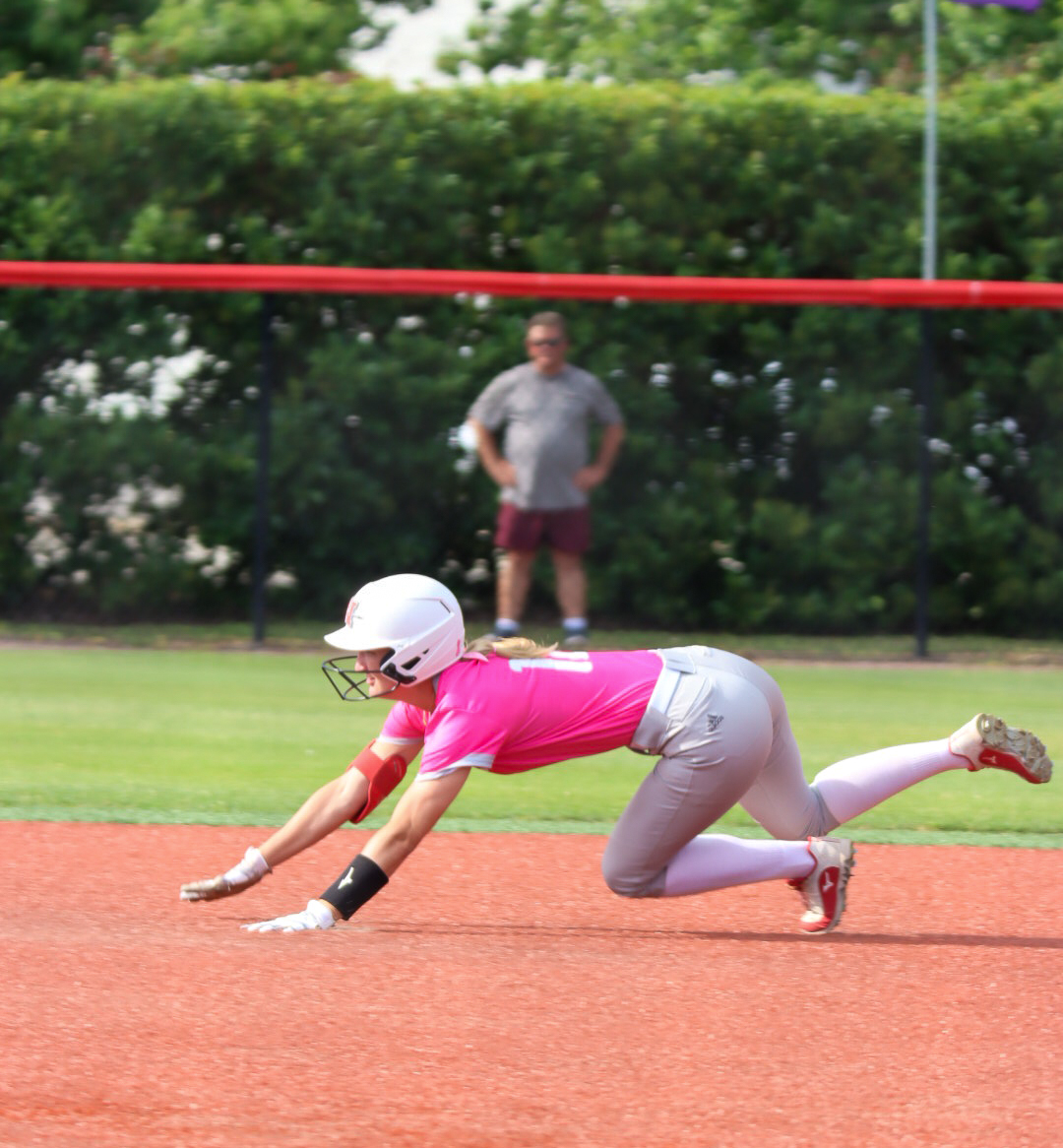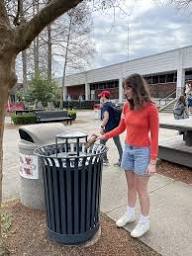On April 16 and 17, students can vote on a referendum that would increase student self-assessed fees by $75 for a $10.7 million recreational center to be built on campus. Students who are carrying seven or more credit hours for the fall and spring semesters would pay a fee of $75 each semester, and students who carry four or more credit hours in the summer session would pay a fee of $37.50 upon the passing of the referendum. Those students who are taking less than seven hours for the fall and spring or less than four hours for the summer session would be assessed $10 per credit hour.
Michael Matherne, director of campus recreation, said when he began his work as director he talked to students about the facilities that are currently in place on campus.
“I started to do a strategic plan for the area to see if we were meeting the needs of the students,” he said.
Matherne said while talking to Nicholls students who have visited other campuses, both students who participate in recreational programs and students who do not asked him why other schools had better facilities than Nicholls.
“The first thing I did as an administrator was find out why their facilities are better than ours,” Matherne said.
“Through my investigation I found out that the way they fund these facilities is through campus referendums.”
A committee consisting of students, faculty and staff members was put together to investigate whether or not students wanted to improve recreational facilities, and to see what other schools had that Nicholls did not.
“We put together groups of students and we visited the University of Louisiana-Lafayette, University of Louisiana-Monroe, Louisiana State University and Southeastern to see what programs and amenities they had to offer their students,” Matherne said.
Matherne said he used surveys to determine if students were interested in improving campus recreational facilities, and he found that students were receptive of the idea.
“From the focus groups, surveys and the visitations, we put together a model that is a common model among all new rec centers,” Matherne said.
The package that Matherne came up with is a two-story 79,542 square foot building that would be open from 6 a.m. until 11 p.m.
In this proposed model, three zones were made up to house the different sections of the center.
In the Activity Zone there would be a three court gymnasium and two multipurpose rooms for aerobic and dance classes. The specialized activity area would have a weight training room, a cardio fitness room, an elevated jogging track that overlooks the basketball courts and two racquetball courts. There would be a lounge/lobby area as well as a juice/health bar, along with a women’s and men’s locker room which will make up the support zone.
In the model, approximately $800,000 would be spent on equipment for the center.
“Through an ad-hoc committee from SGA, they (SGA members) brought the referendum before the student senate, who voted to send it to the board of supervisors who approved it to go to a student (vote),” Matherne said.
When deciding on where center would be placed, recreation professionals said the most important factor to consider is convenience, Matherne said.
The proposed center would be placed close to the residence halls for those students who do not have vehicle, close to the campus so students could walk and also close to existing parking areas so no additional parking would be required.
“The department of Student Life thinks a fine place for it would be the shell parking area between Babingtion and married student housing because it is close to the residence halls. We can utilize the existing parking right across the street in Ellender, and it is close to the main campus,” Matherne said.
“We want the building to be a part of student life, not detached from the main campus.”
Upon obtaining student approval, bids would go out to construction companies, and blue prints and design plans would be accepted.
Matherne said bonds will be sold to finance the building.
“The bonds for this particular model will be paid off in 20 years, so we will collect the fee as long as we have outstanding bonds,” he said.
The assessed fee would be used to finance the construction, maintenance, equipment usage, personnel, student workers and energy consumption.
Ten percent of what is collected, which would be close to $1 million, from the student assessed fee would go into a contingency account for things that may need to be paid for after the initial construction and furnishing of the building, he said.
“We don’t anticipate asking the students for extra fees past that $75,” Matherne said.
If the fee passes, after one year of collection, a ground-breaking would occur, and construction would begin. It is estimated that from start to finish, the center would take 18 months for completion.
“It is built into the referendum that if a student pays the fee and graduates before the doors are open, they will be given a credit of that period of time for them to use it free of charge as an alumnus,” Matherne said.
The only people who would have access to the facility would be students, faculty and staff members and graduated alumni. Faculty, staff and alumni would pay a membership fee of $35 per month, and students would be allowed to bring guests for a fee of $5 per visit.
The center would be a money-making facility as revenue is collected from student registration, membership fees, a food contract for the juice bar and $92,665 that the University provides the recreational program each year.
This facility would not be used for gym and physical education classes, nor would it be used for sports teams to work out or practice in, Matherne said. He said the facility would be a fitness center and not a gymnasium.
“(The purpose of the building) is to offer recreational fitness opportunities for students, faculty, staff and alumni, and for them to be able to use our facility to maintain a healthy lifestyle,” Matherne said.
“I think it is important for students to know that it is not unusual for students to pass a rec center fee upon themselves. The students at Nicholls are the last group of students in our system to decided whether or not they want to include rec center facilities on our campus.”
In the upcoming weeks, Matherne will be providing a board in the Student Union with pictures of Southeastern’s center for students to view, and he will also prepare a power point presentation for any organization that may want to discuss the center.


![Assistant coach Cody Livingston [#53] talking with pitcher Nico Saltaformaggio [#38] on the mound(5/12).](https://thenichollsworth.com/wp-content/uploads/2024/05/LivingstonNicoHuddle-vs-Lamar-1200x800.jpg)




